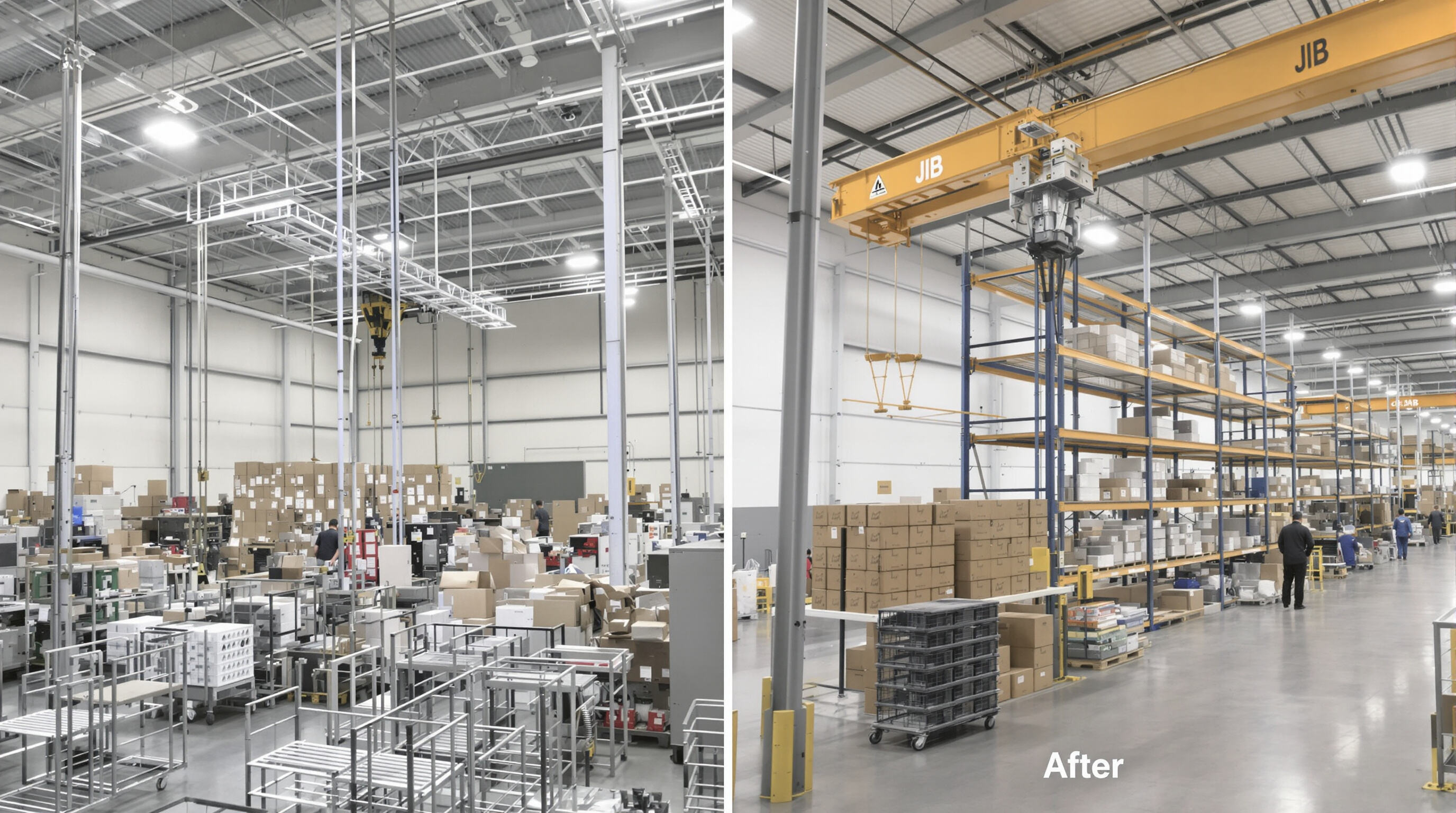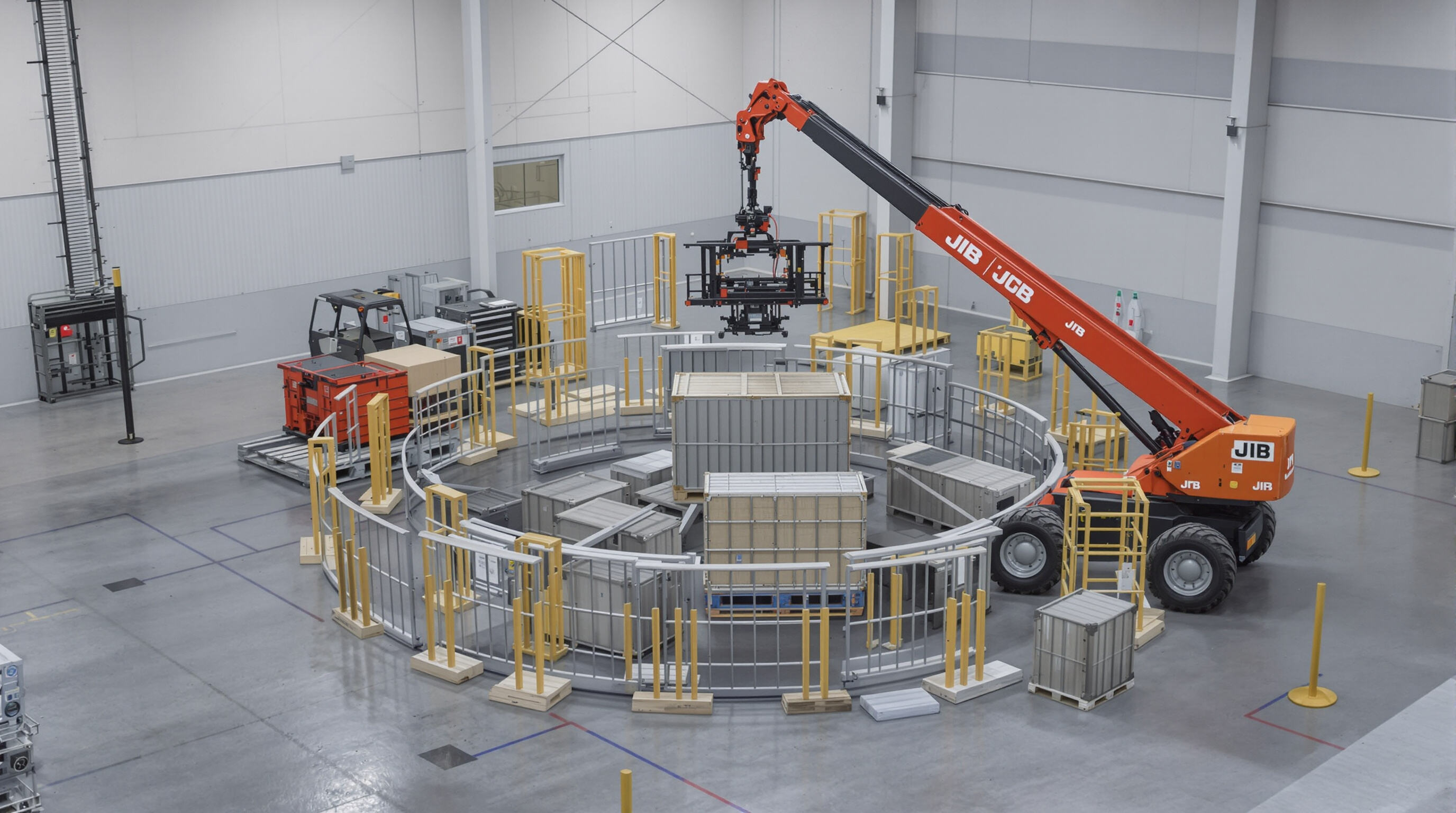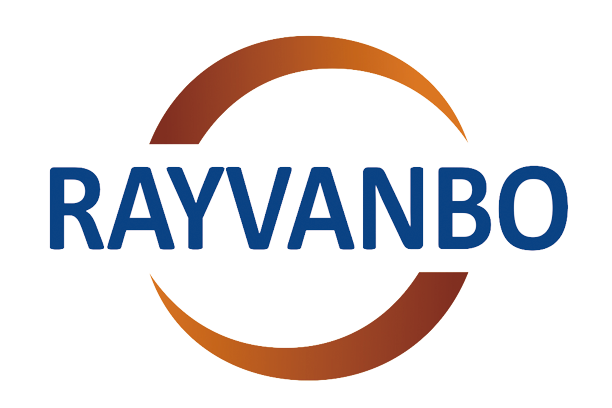The Role of Space Efficiency in Modern Workstation Design About JIB Crane
Industrial plants today are getting smarter about using vertical space, and JIB cranes have become a game changer for keeping things moving efficiently when floor space is tight. These cranes spin around a central point and need just 8 to 12 sq ft of ground area, which means they don't take up all the room that old style gantry or overhead cranes would. The whole concept fits right into lean manufacturing thinking. Factory managers know that saving even a little bit of floor space adds up financially. According to a recent report from Industrial Space Utilization in 2024, each square foot saved can actually cut operational costs by around $740 per year. That kind of math makes these compact systems worth considering for any facility looking to maximize their real estate while staying productive.
How "Space-Saving Material Handling Solutions" Transform Congested Areas
JIB cranes solve problems that many tight workspaces face daily, specifically dealing with things blocking movement horizontally and wasted space vertically. These wall mounted options don't need the big clearances required by forklifts or the structural reinforcements needed for overhead crane installations. Instead they simply attach to available walls or columns already there. Companies that have installed such systems report about a 60 something percent drop in accidents during material handling tasks. Plus workers can now reach into areas where nothing could go before because those spots were too crowded or awkwardly shaped.
Data Insight: 40% Increase in Usable Floor Space After JIB Crane Installation

The operational impact becomes clear when analyzing facilities pre- and post-installation:
| Metric | Before JIB Crane | After JIB Crane | Improvement |
|---|---|---|---|
| Accessible floor area | 500 sq. ft. | 700 sq. ft. | +40% |
| Vertical storage usage | 55% | 89% | +34% |
| Material retrieval time | 8.7 minutes | 3.2 minutes | -63% |
This data from the 2024 Material Handling Efficiency Index demonstrates how JIB systems convert dead spaces into productive zones through strategic vertical positioning.
Case Study: Automotive Repair Shop Reduces Clutter by Integrating a Wall-Mounted JIB Crane
A Midwest auto workshop struggling with 1,200 sq. ft. of tangled tool carts and engine hoists implemented a 10-foot rotating JIB crane along their service bay wall. The results within six months:
- 38% reduction in floor-based equipment
- 27% faster engine block transfers
- 91% operator preference over previous hydraulic lifts
“The wall-mounted design let us maintain full walkway clearance while handling transmissions weighing up to 2.5 tons,” noted the facility’s operations manager. This mirrors findings from the Crane Manufacturers Association showing 78% of shops using JIB cranes report improved safety audit scores due to reduced floor obstacles.
Wall-Mounted and Articulating Designs: Engineering Flexibility for Confined Spaces
Understanding "Wall-Mounted Jib Crane Design" and Structural Load Distribution
JIB cranes mounted on walls solve the problem of cluttered floors because they attach to vertical structures instead of sitting on the ground. These cranes have those long arms that stick out from the wall, held together with reinforced steel connections so they can stay stable even when lifting heavy stuff like machinery parts or large components in tight spaces where traditional equipment wouldn't fit. When engineers look at how these cranes work structurally, what they find is pretty interesting the weight gets transferred straight into the building itself rather than putting all that pressure on the floor below. This means companies save money on foundations since wall mounts require about 60 percent less support infrastructure than regular standalone cranes do according to industry data.
Advantages Over Freestanding Models in Confined Production Cells
By removing base plates and floor-mounted columns, wall-mounted systems reclaim 7–12 sq.ft of workspace per unit. Their modular configurations adapt to irregular layouts common in automotive repair bays and electronics assembly stations, where studies confirm 35% faster tool positioning versus traditional hoists.
Exploring "Articulating Jib Cranes" for Non-Linear Workflows
Articulating models feature dual-axis rotation (180° horizontal, 90° vertical) to bypass overhead pipes or machinery. A hydraulic joint mimics human elbow mobility, enabling operators to maneuver loads around blind corners in aerospace manufacturing cells. Recent field tests demonstrate 28% fewer repositioning steps in U-shaped workstations.
"Articulating Jib Crane Design" and Elbow-Joint Mobility for Obstacle Navigation
Advanced pivot mechanisms combine sealed roller bearings with torque-limiting sensors, allowing precise navigation within 4-inch clearances. Customizable arm extensions (6–16ft) with automatic tilt correction address interference challenges in multi-level fabrication environments, reducing collision incidents by 41% (Industrial Safety Journal 2023).
Expanding Coverage and Mobility with Rotational and 360-Degree Operation

Leveraging Rotational Range to Optimize Material Movement
JIB cranes really make a difference in small work areas where space is at a premium. These cranes can rotate materials through angles ranging from about 180 degrees all the way around to full circle, which means workers don't need extra aisles just to maneuver things around. The big advantage over traditional fixed path systems? Operators can actually swing loads past obstacles rather than constantly having to move them out of the way. Take a look at what happened in manufacturing plants last year according to industry reports. Facilities that switched to these rotating JIB setups saw their side-to-side movement cut down by roughly two thirds in those cramped production zones. Makes sense when you think about it since every inch counts in modern factories.
Optimizing Material Movement with Rotational Range in U-Shaped Manufacturing Cells
Rotational JIB cranes work really well in those U-shaped factory setups where they can reach several workstations along their curved path. Take for instance a steel fabrication shop that installed a 270 degree wall mounted JIB crane system. This setup made it much easier to move parts around between different areas of the workshop like the cutting section, welding bay, and final assembly line. Before this change, workers had to deal with all sorts of clutter from transfer carts getting in the way. Since implementing the new crane system, productivity has gone up by about 25% according to management reports, especially noticeable when workers need to constantly switch directions during their tasks.
Comparative Data: JIB Cranes Cover 3x More Area Than Hoist Trolleys in Same Radius
| Metric | JIB Crane (10ft radius) | Hoist Trolley (10ft radius) |
|---|---|---|
| Coverage Area | 314 sq.ft (360°) | 105 sq.ft (120° pivot) |
| Obstacle Avoidance | Continuous rotation | Fixed linear path |
| Repositioning Frequency | Zero | 8–10 times per shift |
Data from the Industrial Equipment Performance Review (2023) confirms JIB cranes triple usable coverage while maintaining stability in spaces <400 sq.ft. This makes them indispensable for electronics assembly and machining centers where floor space costs average $47/sq.ft annually.
Customization Options for Diverse Industrial Workstation Needs
"Adjustable Boom Lengths for Targeted Workstation Needs" – Scalability from 6ft to 20ft
Modern JIB cranes address spatial constraints by offering boom lengths customizable from 6 to 20 feet. This scalability enables precise alignment with workstation dimensions, ensuring optimal coverage without wasted overhead space. For example, a 10ft boom in a compact parts assembly cell provides 360° access while maintaining clear pedestrian pathways.
"Tailoring Capacities: From Light-Duty to 5-Ton JIB Cranes" Based on Workflow Demands
Load capacity customization allows facilities to match equipment to task requirements. Light-duty models (250–500 lbs) streamline repetitive small-parts handling, while 5-ton configurations support heavy machinery maintenance. Industry data shows facilities using capacity-matched JIB systems reduce equipment strain by 18% compared to one-size-fits-all solutions (Material Handling Institute 2023).
"Specialized Mounting Options for Unique Layouts" – Column, Wall, or Ceiling Integration
Wall-mounted JIB cranes save floor space in <10ft-wide work cells, while ceiling-integrated designs maximize vertical clearance in low-height areas. Column-mounted systems prove ideal for multi-workstation sharing, with rotational ranges minimizing redundant equipment needs.
Trend Analysis: Rise in Modular JIB Systems for Agile Manufacturing
Demand for modular JIB cranes has surged 42% since 2021, driven by manufacturers needing reconfigurable material handling solutions. These systems support rapid layout changes through interchangeable components, aligning with recent ergonomic workstation studies highlighting the productivity benefits of adaptable industrial setups.
Seamless Workstation Integration: Enhancing Ergonomics and Operational Flow
Strategies for "Workstation Integration of Lifting Equipment" Without Disrupting Flow
Modular JIB crane systems fit right into current production setups because they match boom paths with where things are actually made on the factory floor. This cuts down on those annoying spots where different operations cross over and get in each other's way. Take wall mounted models for instance. These babies can spin around almost completely (about 240 degrees) so materials move between workstations without taking up much room at all - sometimes less than four square feet worth of precious factory floor space. When everything stays aligned properly, workers don't have to stretch or reach as far for their tools and parts. Some shops report cutting down wasted motion by nearly two thirds when switching from old school hoisting methods to these modern systems.
Ergonomic Benefits and Reduction in Operator Fatigue
JIB cranes help cut down on repetitive strain issues because they place loads right where workers need them most - in those ergonomic lift zones between 6 inches and 48 inches off the ground. This setup means workers don't have to bend their backs so much or reach overhead as often, which actually accounts for about 34 percent of all manufacturing injuries according to OSHA data from 2024. The articulating design is pretty clever too. Operators can move things around obstacles without having to push or pull hard. For jobs such as putting together engines or working with delicate circuit boards, this kind of crane reduces muscle strain by roughly 40%, making daily workloads feel lighter and safer over time.
Real-World Application: Electronics Assembly Line Enhances Ergonomics with Articulating Arm
A mid-sized electronics manufacturer retrofitted workstations with 8 ft articulating JIB cranes to handle delicate component trays. The elbow-joint mobility enabled precise placement of 5–25 lb loads within a 1" tolerance, reducing arm extensions by 70%. Over six months, operators reported 25% less fatigue and a 15% productivity increase due to reduced micro-adjustments.
FAQ
What are JIB cranes used for?
JIB cranes are commonly used for lifting and moving materials in industrial settings where space is limited. They are mounted on walls or columns and provide efficient material handling solutions.
How do JIB cranes improve safety?
JIB cranes improve safety by reducing floor obstacles and allowing for streamlined material movement. Companies report a significant drop in accidents related to material handling tasks.
Can JIB cranes be customized?
Yes, JIB cranes can be customized in terms of boom length, load capacity, and mounting options to meet specific industrial workstation needs.
Table of Contents
- The Role of Space Efficiency in Modern Workstation Design About JIB Crane
- How "Space-Saving Material Handling Solutions" Transform Congested Areas
- Data Insight: 40% Increase in Usable Floor Space After JIB Crane Installation
- Case Study: Automotive Repair Shop Reduces Clutter by Integrating a Wall-Mounted JIB Crane
- Expanding Coverage and Mobility with Rotational and 360-Degree Operation
-
Customization Options for Diverse Industrial Workstation Needs
- "Adjustable Boom Lengths for Targeted Workstation Needs" – Scalability from 6ft to 20ft
- "Tailoring Capacities: From Light-Duty to 5-Ton JIB Cranes" Based on Workflow Demands
- "Specialized Mounting Options for Unique Layouts" – Column, Wall, or Ceiling Integration
- Trend Analysis: Rise in Modular JIB Systems for Agile Manufacturing
- Seamless Workstation Integration: Enhancing Ergonomics and Operational Flow
- FAQ

